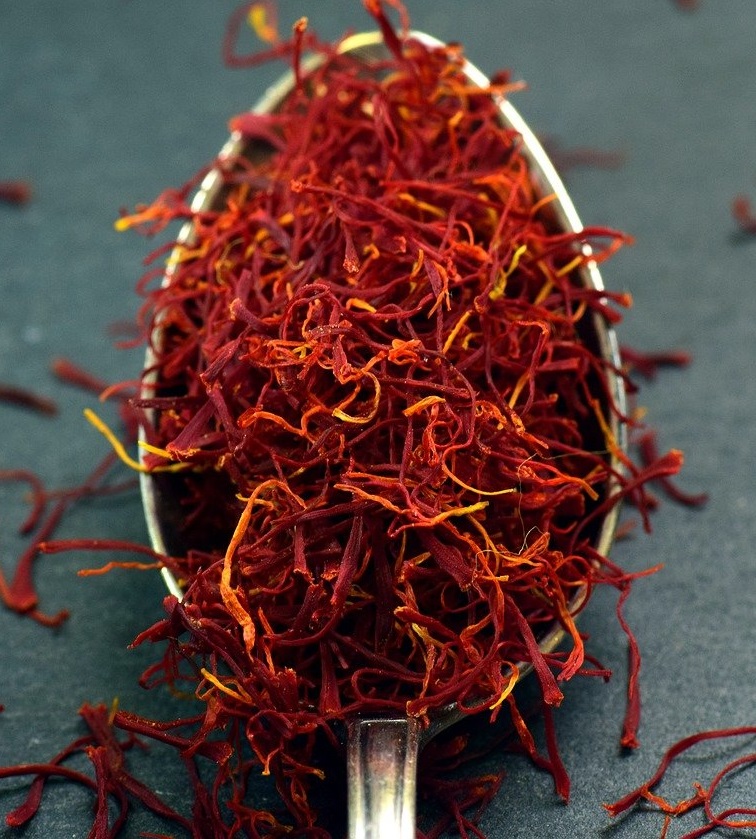
Goji berries, also known as wolfberries, are small, vibrant red fruits that are native to Asia. They have been used in traditional medicine for centuries and are revered for their high nutritional value and potential health benefits. In this comprehensive guide, we will delve into the numerous health benefits of goji berries, their nutritional profile, and how you can incorporate them into your diet.
The Nutritional Powerhouse: Goji Berries
Goji berries are a nutritional goldmine. They are packed with essential vitamins and minerals, including Vitamin C, Vitamin A, iron, and zinc. Additionally, they contain all eight essential amino acids, making them a complete protein source. But the real magic of goji berries lies in their high antioxidant content, particularly zeaxanthin, which is known for its eye health benefits.
Key Nutrients in Goji Berries:
- Vitamin C: Boosts the immune system and protects the body against disease. Goji berries are an excellent source of this vital nutrient, providing more than 20% of the daily recommended intake in a single serving.
- Vitamin A: Promotes good vision and supports immune and inflammatory functions. Goji berries are rich in beta-carotene, a precursor of vitamin A.
- Iron: Essential for blood production and transporting oxygen in the body. Goji berries provide a plant-based source of this crucial mineral.
- Zinc: Supports immune function, protein synthesis, and DNA synthesis. Regular consumption of goji berries can contribute to your daily zinc intake.
- Fiber: Aids in digestion and helps control blood sugar levels. The high fiber content in goji berries can help maintain a healthy digestive system.
- Antioxidants: Protects the body against damage from free radicals. Goji berries are loaded with antioxidants, which can help ward off chronic diseases.
Goji Berries and Weight Loss: A Winning Combination
Goji berries can be a beneficial addition to a weight loss diet. They are low in calories, high in fiber, and packed with nutrients. The fiber in goji berries can help you feel full longer, reducing overeating and unnecessary snacking.
How to Incorporate Goji Berries into Your Weight Loss Diet:
- As a Snack: Enjoy goji berries raw for a healthy, low-calorie snack. They are sweet and slightly tart, making them a satisfying alternative to unhealthy snacks.
- In Smoothies: Add a handful of goji berries to your morning smoothie for a nutrient boost. They can add a sweet flavor and a wealth of nutrients to your smoothies.
- In Salads: Sprinkle goji berries on your salads for a sweet and nutritious crunch. They pair well with leafy greens and vinaigrette dressings.
- In Yogurt or Cereal: Mix goji berries into your yogurt or cereal for a fiber-rich breakfast. They can add a burst of flavor and a dose of nutrients to your morning meal.
The Skin-Boosting Benefits of Goji Berries
Goji berries are a boon for skin health. The antioxidants in goji berries can help fight aging by reducing inflammation and oxidative stress that damages collagen in the skin. They also contain beta-carotene, which promotes healthy skin.
How to Use Goji Berries for Skin Health:
- Goji Berry Face Mask: Blend a handful of goji berries with a tablespoon of honey to make a nourishing face mask. Apply it to your face, leave it on for 15-20 minutes, then rinse it off for a natural glow.
- Goji Berry Tea: Drinking goji berry tea can also benefit your skin. The antioxidants in the tea can help fight free radicals that cause skin aging.
Goji Berry Tea: A Nutritious and Delicious Beverage
Goji berry tea is a nutritious and delicious beverage that is easy to prepare. It combines the health benefits of goji berries with the soothing properties of tea. Drinking goji berry tea can help boost your immune system, improve skin health, and provide a calming effect.
How to Make Goji Berry Tea:
- Steep the Berries: Add a handful of goji berries to a cup of hot water. Let it steep for 5-10 minutes.
- Strain and Serve: Strain the tea into a cup, and enjoy it warm. You can also add a bit of honey or lemon for extra flavor.
Other Health Benefits of Goji Berries
Goji berries offer a plethora of other health benefits. They can improve eye health, boost the immune system, and promote heart health. They also have potential neuroprotective effects and can improve mood and energy levels.
How to Incorporate Goji Berries into Your Lifestyle:
- In Teas: Steep goji berries in hot water to make a nutritious tea.
- In Soups: Add goji berries to your soups to enhance their nutritional value.
- In Baking: Use goji berries in baking. They can be added to muffins, cookies, and bread for a healthy twist.
Side Effects and Precautions
While goji berries are generally safe to consume, they can have some side effects. Some people may experience allergic reactions to goji berries. Symptoms can include skin rashes, changes in blood pressure, and gastrointestinal problems.
Goji berries can also interact with certain medications, including blood thinners, blood pressure medications, and diabetes drugs. If you’re taking any of these medications, it’s best to consult with your healthcare provider before adding goji berries to your diet.
Conclusion
Goji berries are a nutritional powerhouse with a myriad of health benefits. From weight loss to improved eye health and immune system support, these berries are a great addition to any diet. So, why not give them a try and reap their amazing health benefits?
Blog Tags
Goji Berries, Health Benefits, Nutrition, Weight Loss, Skin Health, Eye Health, Immune System, Heart Health, Dietary Fiber, Antioxidants, Traditional Medicine, Superfoods.
Frequently Asked Questions about Goji Berries
1. What are the health benefits of goji berries?
Goji berries are a nutritional powerhouse that offers a myriad of health benefits. They are rich in antioxidants, vitamins, and minerals that can boost your immune system, improve eye health, promote skin health, and aid in weight loss. They also have potential neuroprotective effects and can improve mood and energy levels.
2. How can goji berries aid in weight loss?
Goji berries are low in calories and high in dietary fiber, making them an excellent addition to a weight loss diet. The fiber in goji berries can help you feel full longer, reducing overeating and unnecessary snacking. They can be enjoyed raw as a snack, added to smoothies, sprinkled on salads, or mixed into yogurt or cereal.
3. Can goji berries improve skin health?
Yes, goji berries can be beneficial for skin health. They are rich in antioxidants that can help fight aging by reducing inflammation and oxidative stress that damages collagen in the skin. They also contain beta-carotene, which promotes healthy skin. You can use goji berries to make a nourishing face mask or drink goji berry tea for its skin benefits.
4. How can I make goji berry tea?
Making goji berry tea is simple. Add a handful of goji berries to a cup of hot water and let it steep for 5-10 minutes. Strain the tea into a cup, and enjoy it warm. You can also add a bit of honey or lemon for extra flavor.
5. Are there any side effects of consuming goji berries?
While goji berries are generally safe to consume, they can have some side effects. Some people may experience allergic reactions to goji berries, including skin rashes, changes in blood pressure, and gastrointestinal problems. Also, goji berries can interact with certain medications, including blood thinners, blood pressure medications, and diabetes drugs. It’s best to consult with your healthcare provider before adding goji berries to your diet if you’re taking any of these medications.
6. How can I incorporate goji berries into my diet?
There are many ways to incorporate goji berries into your diet. You can enjoy them raw as a snack, add them to your morning smoothie, sprinkle them on salads, mix them into your yogurt or cereal, add them to your soups, or use them in baking. You can also make goji berry tea for a nutritious and delicious beverage.
7. Are goji berries good for heart health?
Goji berries are rich in antioxidants that can help protect the heart from damage. They also contain nutrients like fiber and healthy fats that are beneficial for heart health. However, more research is needed to fully understand the effects of goji berries on heart health. As always, it’s best to maintain a balanced diet and a healthy lifestyle for optimal heart health.

















